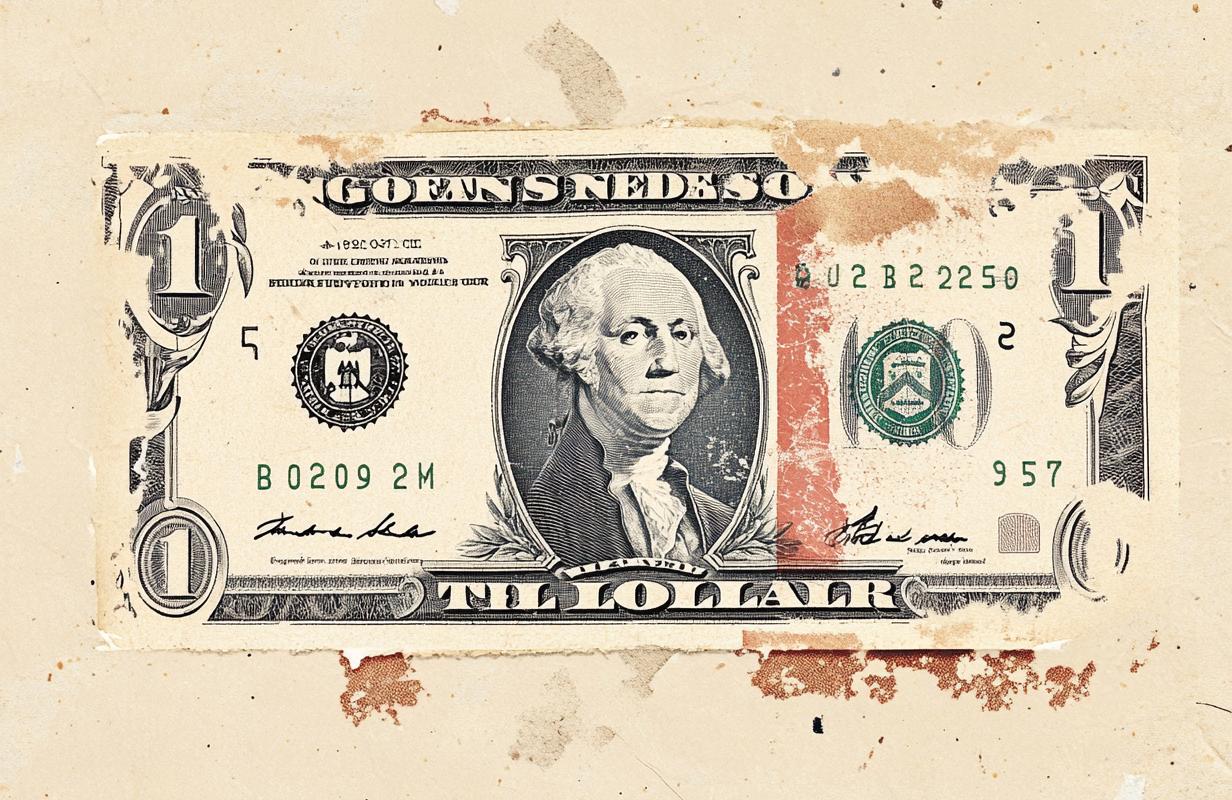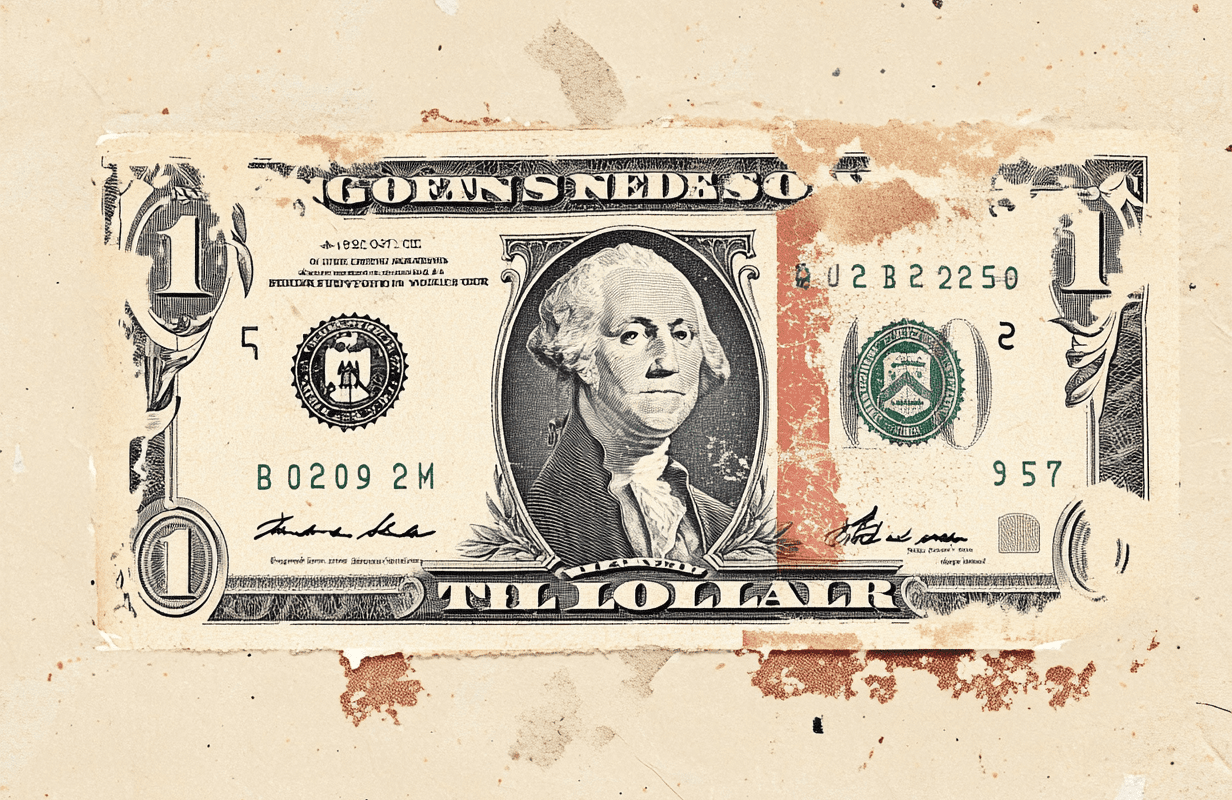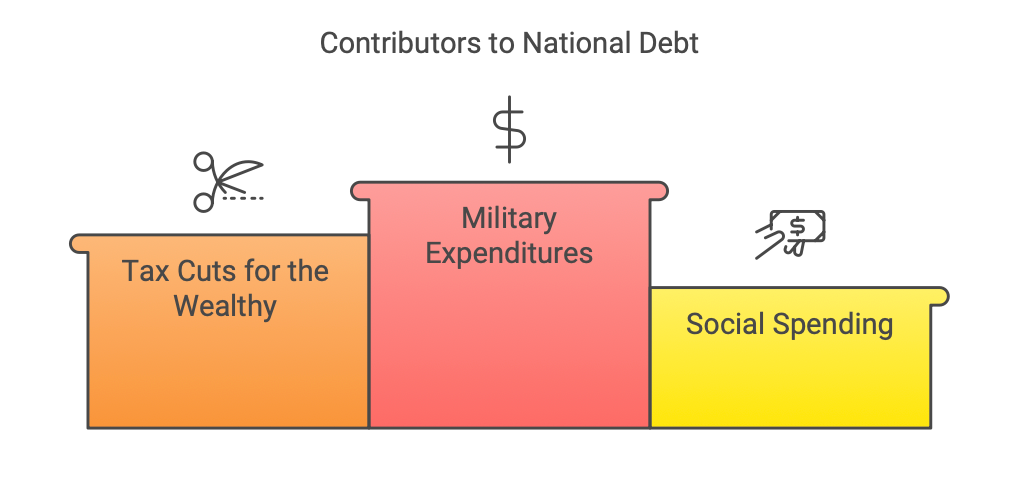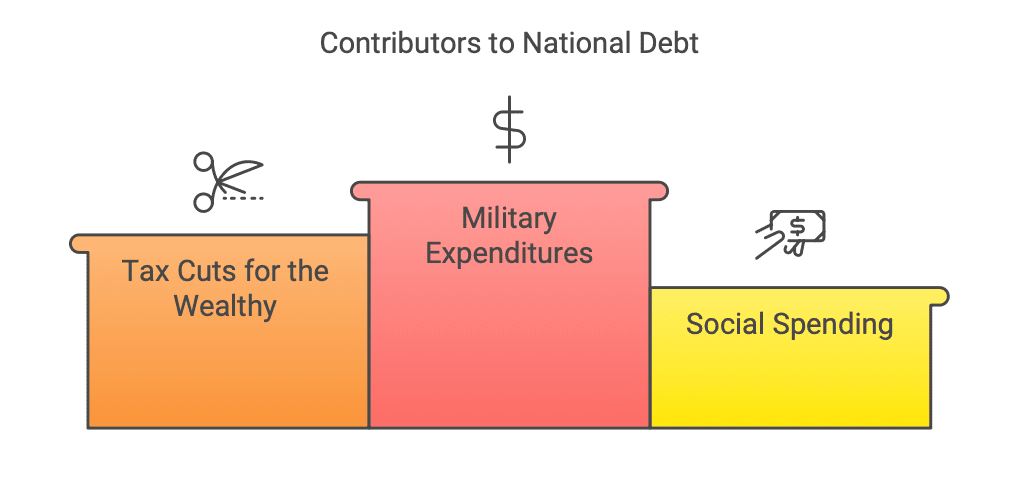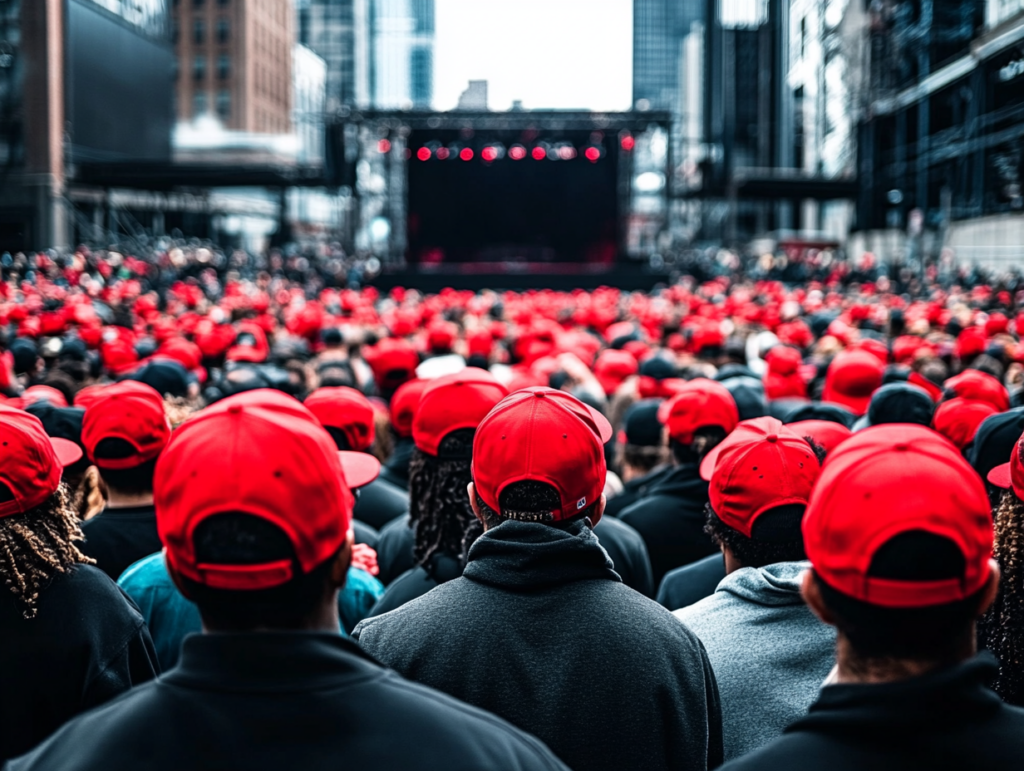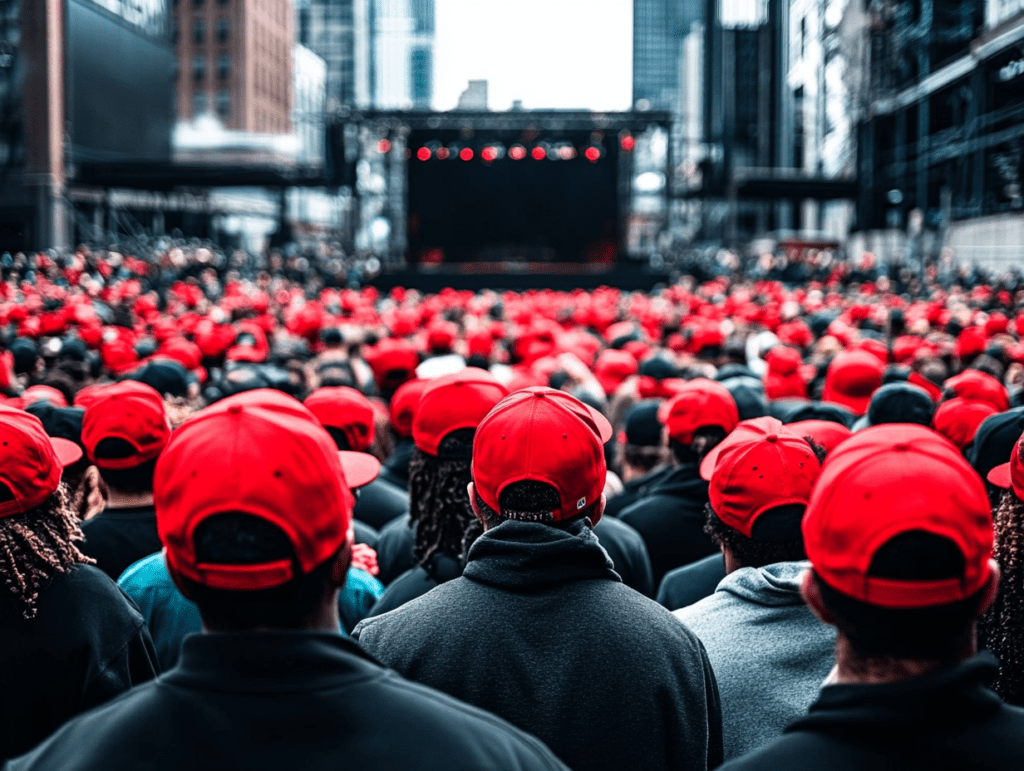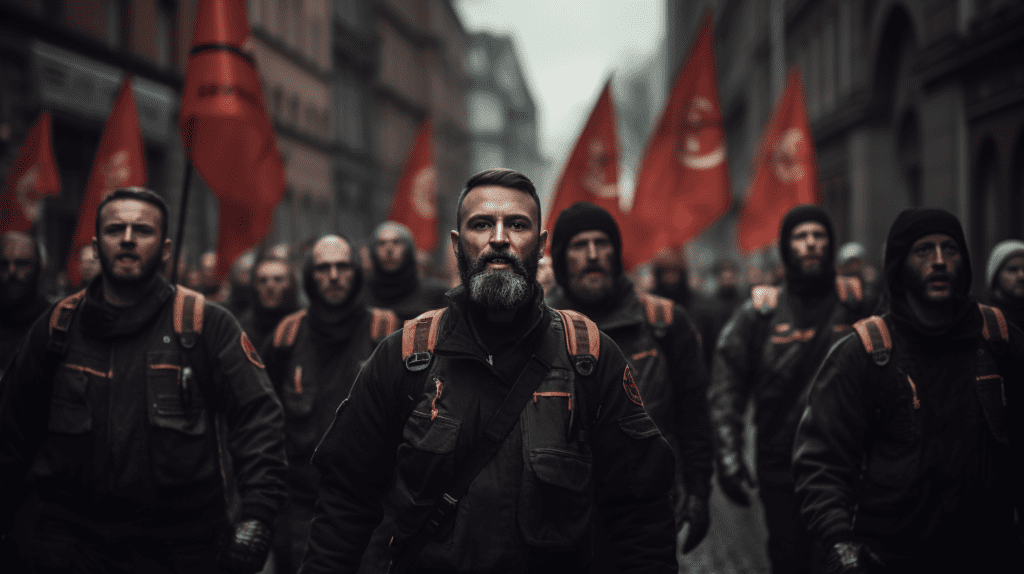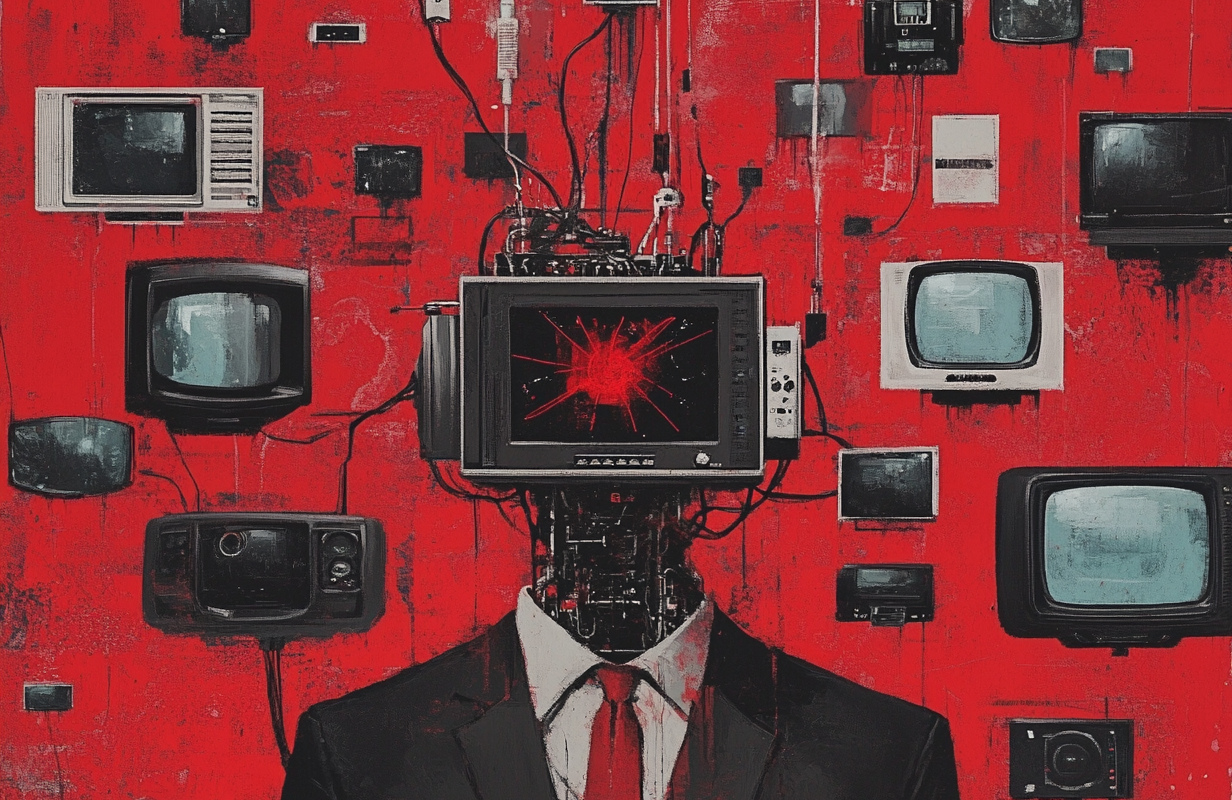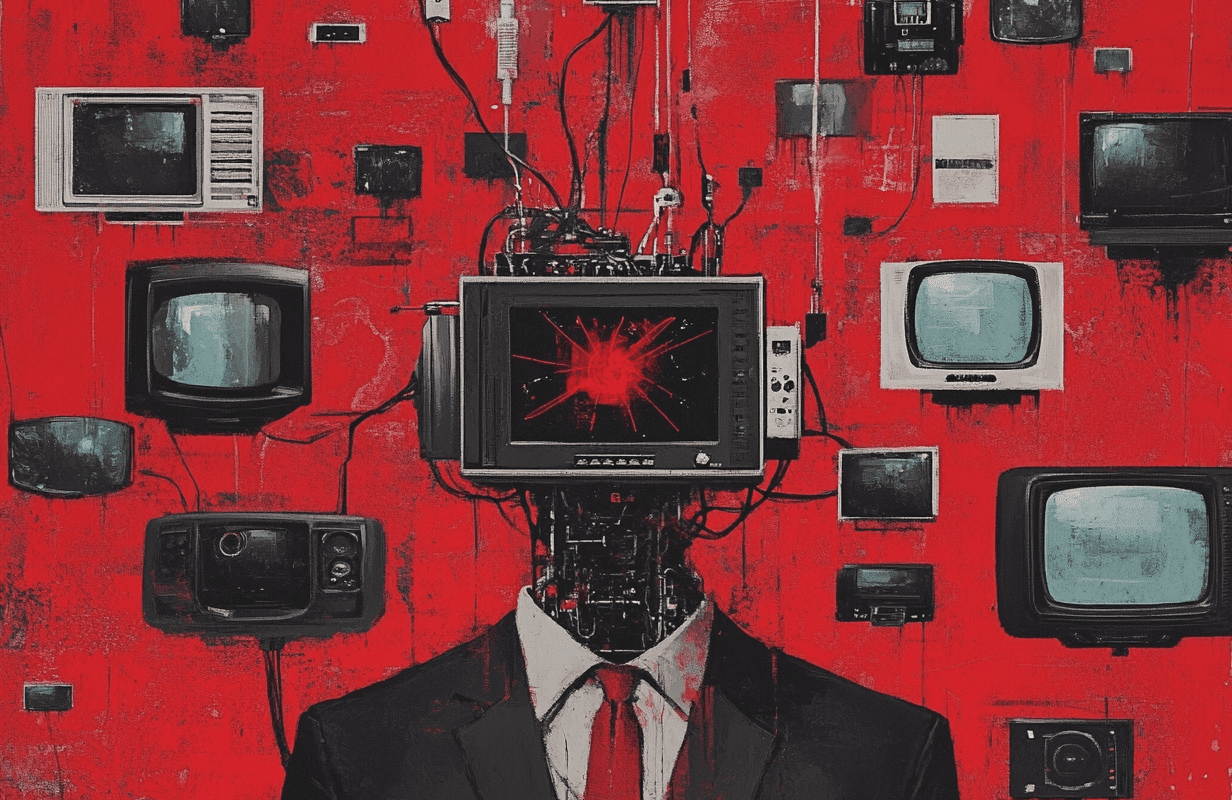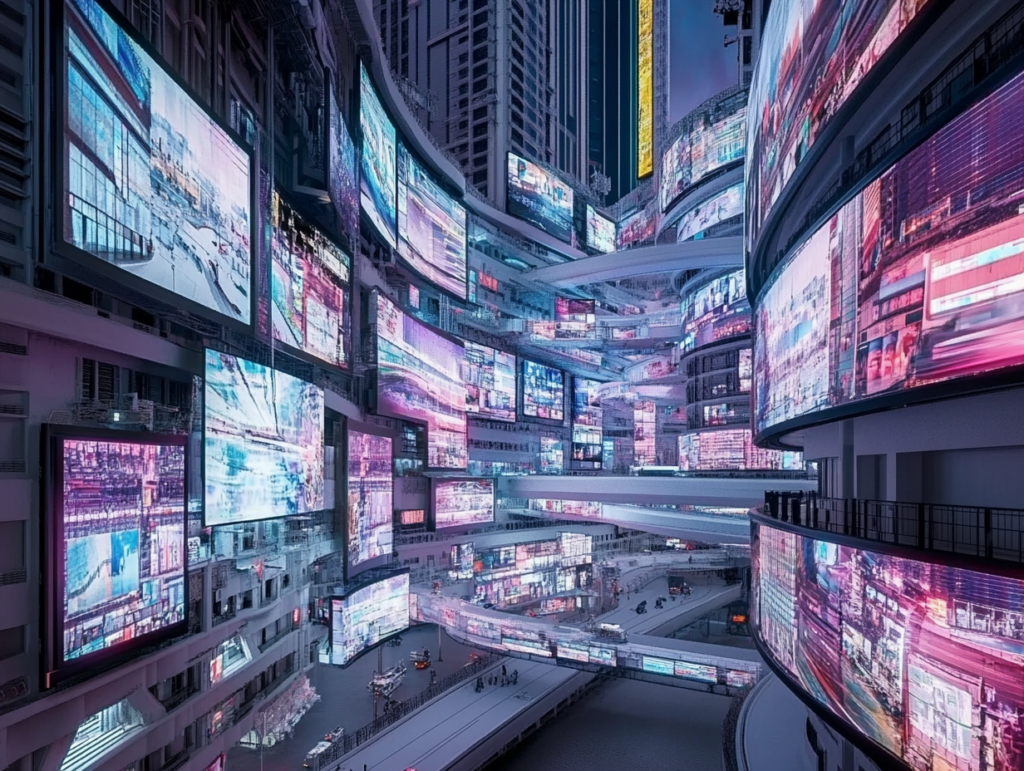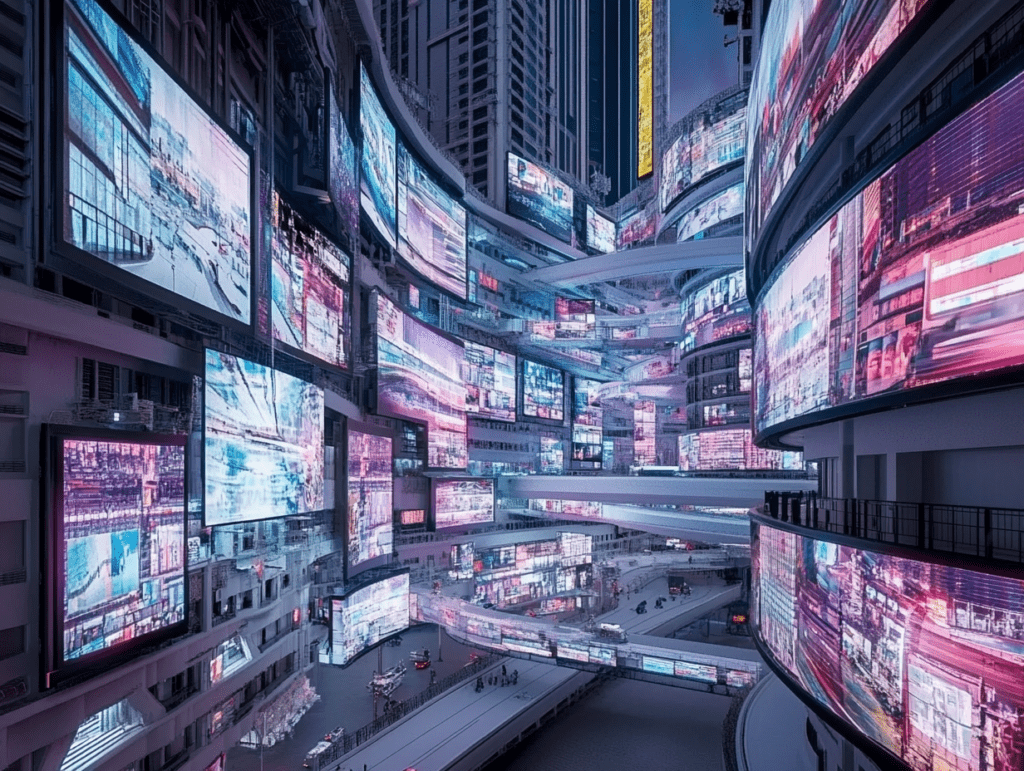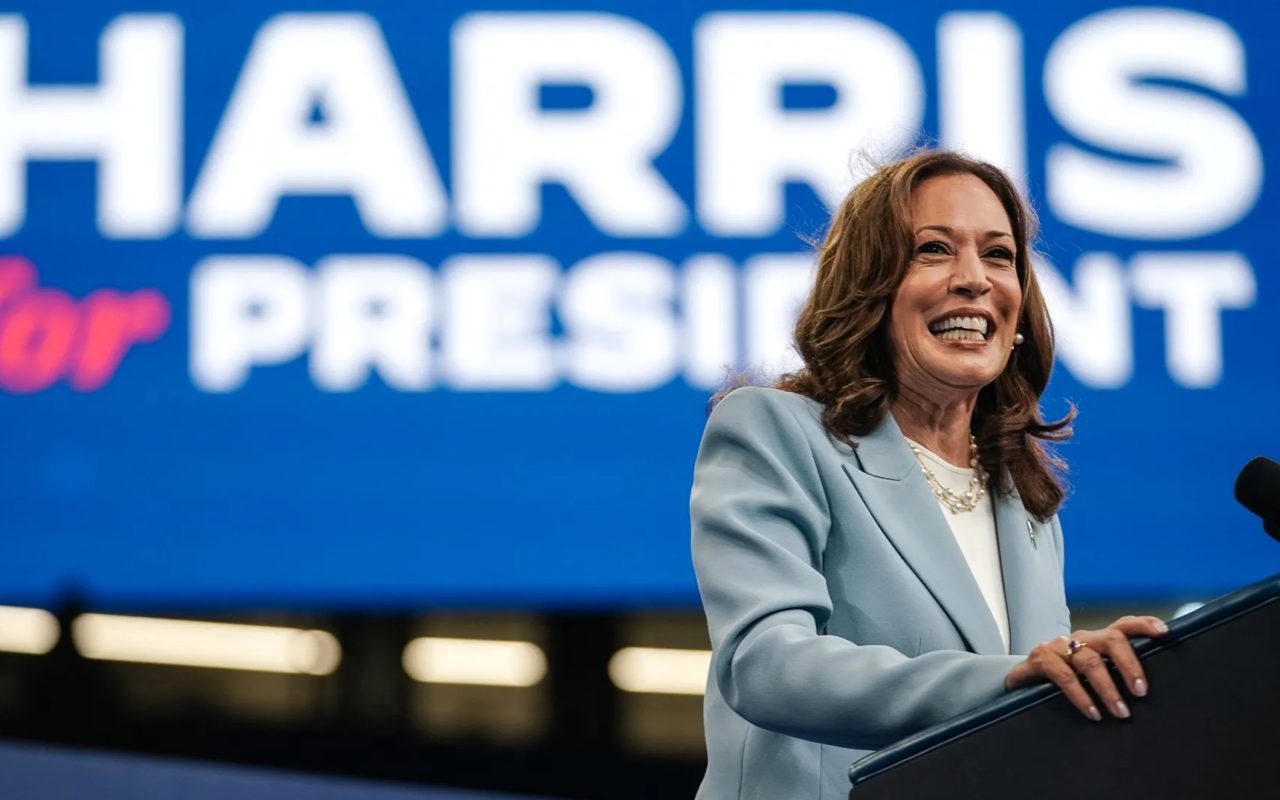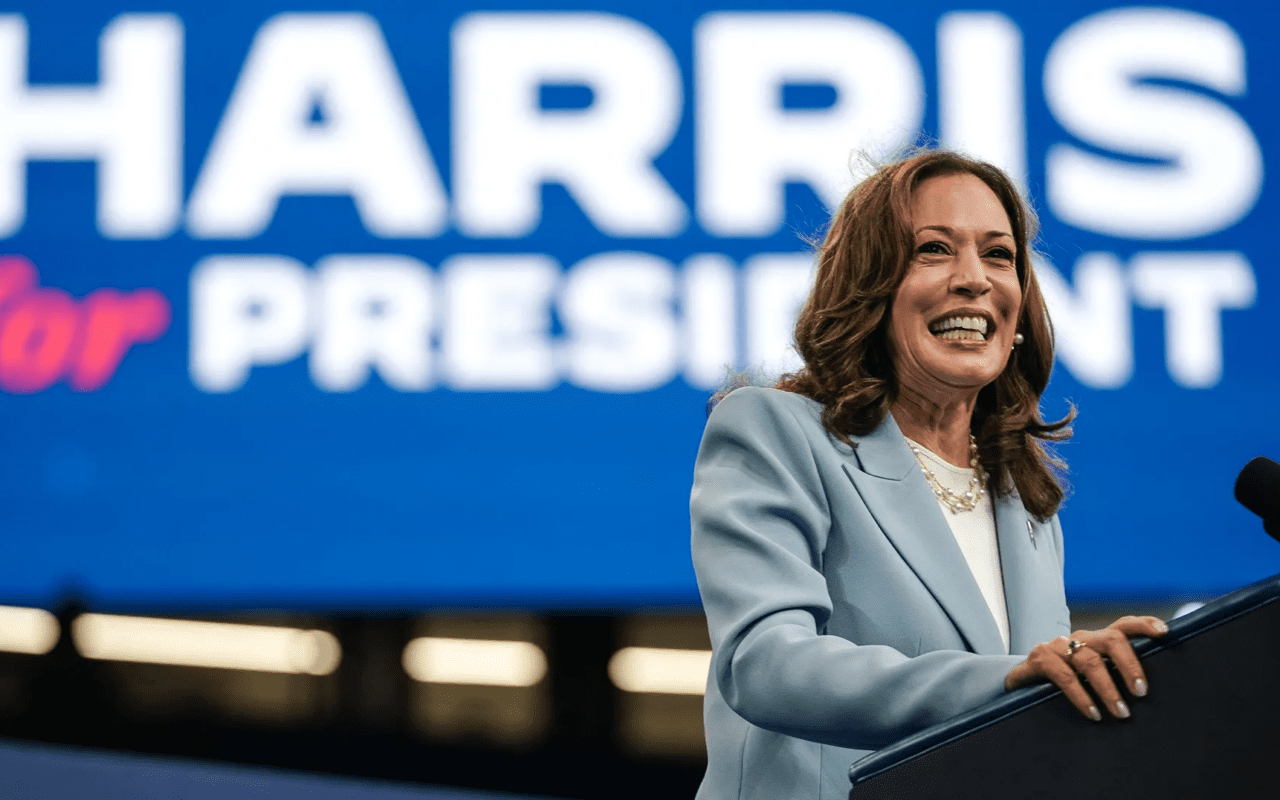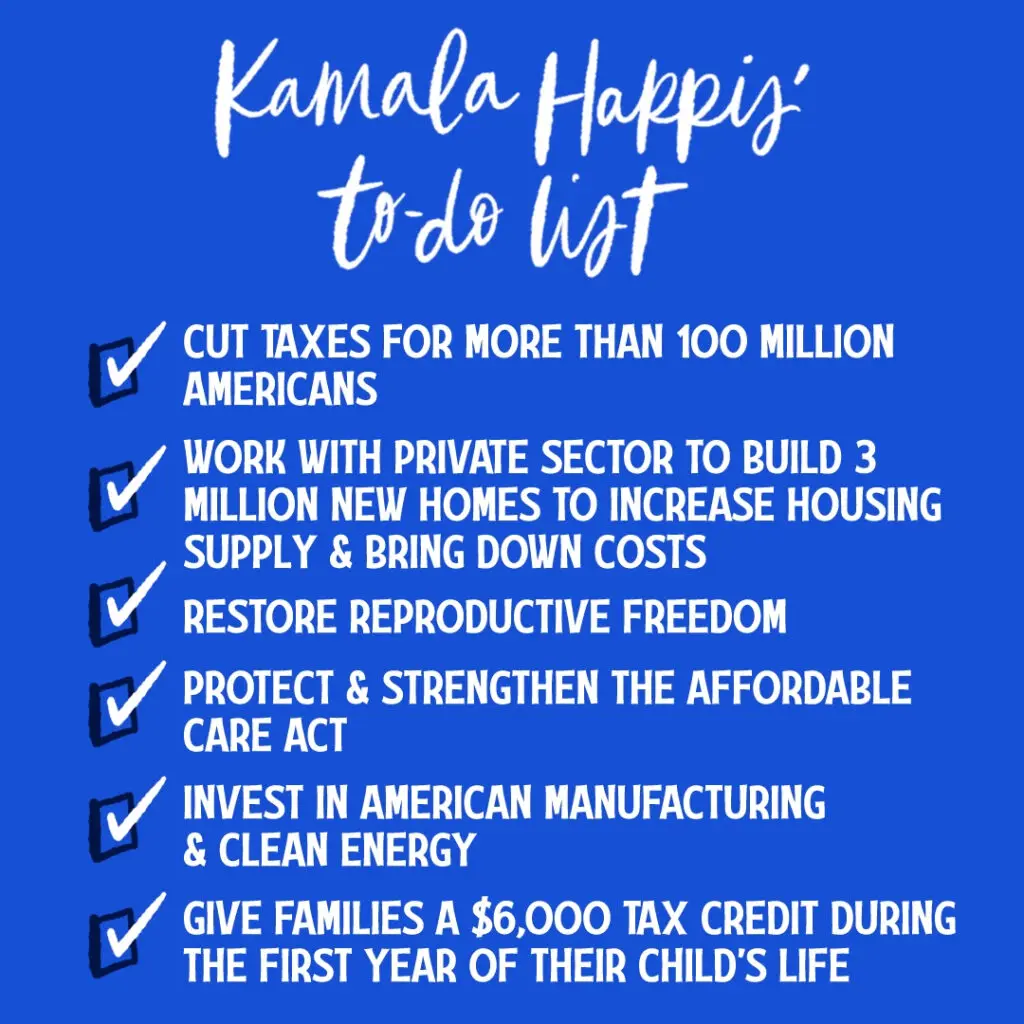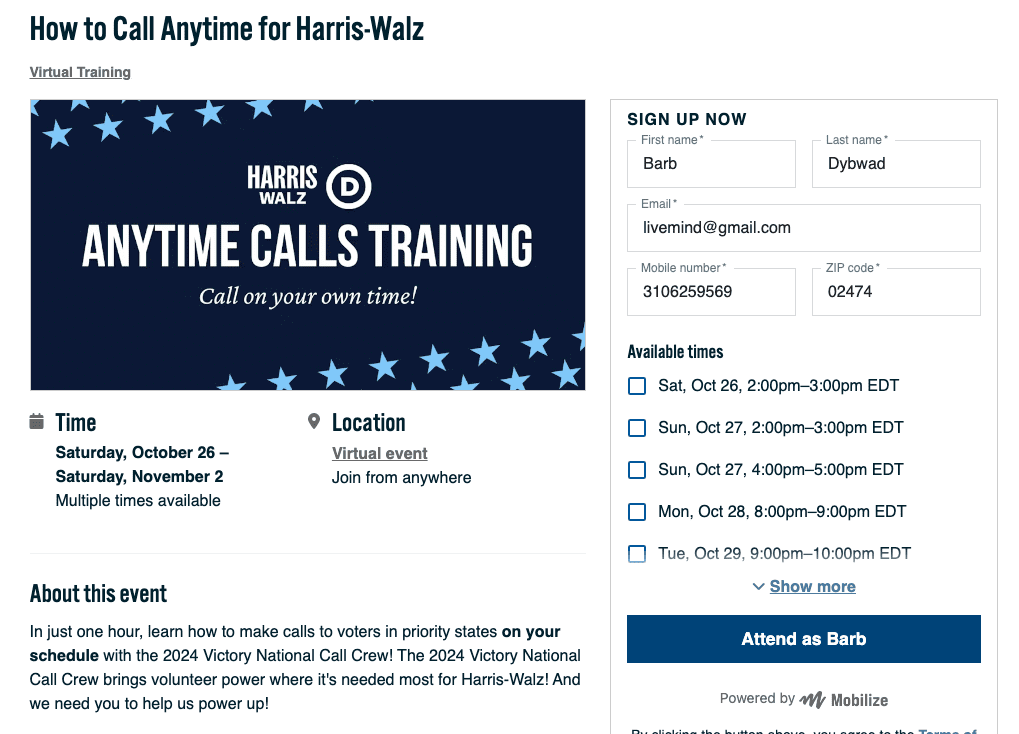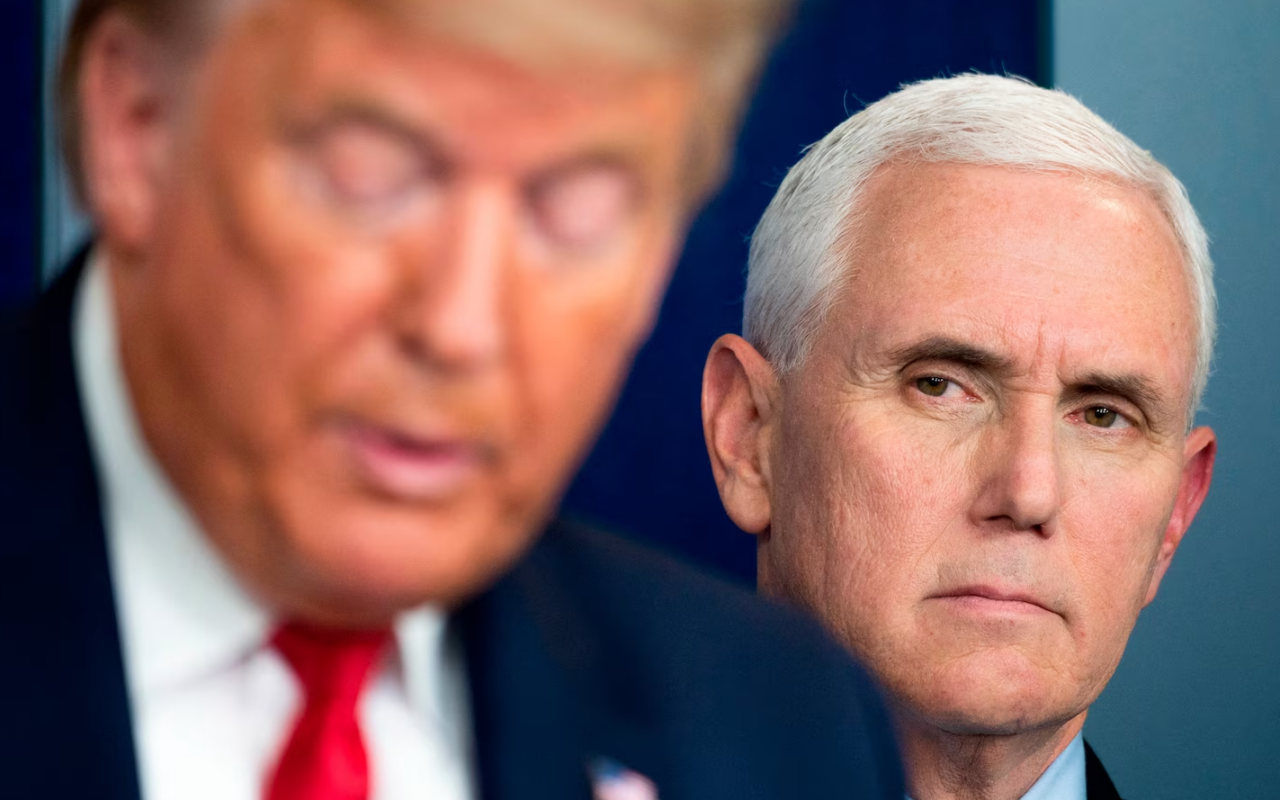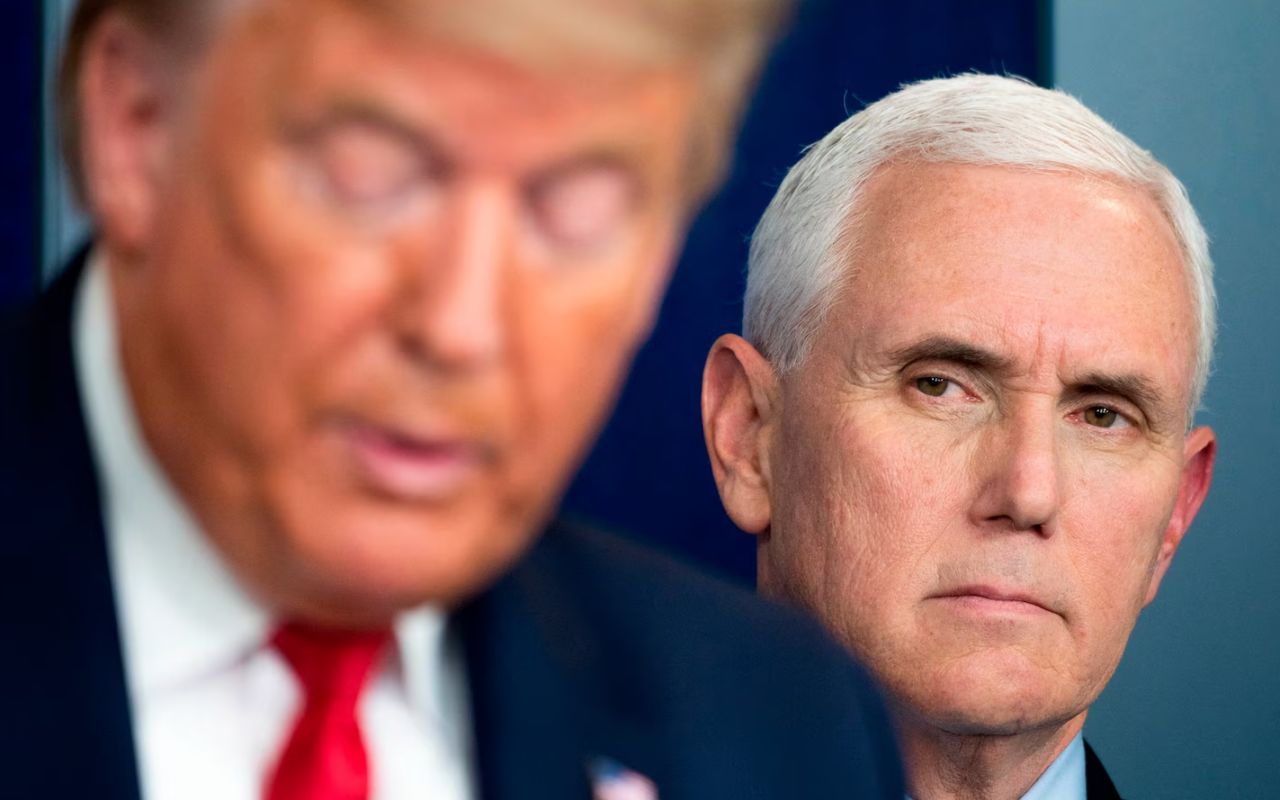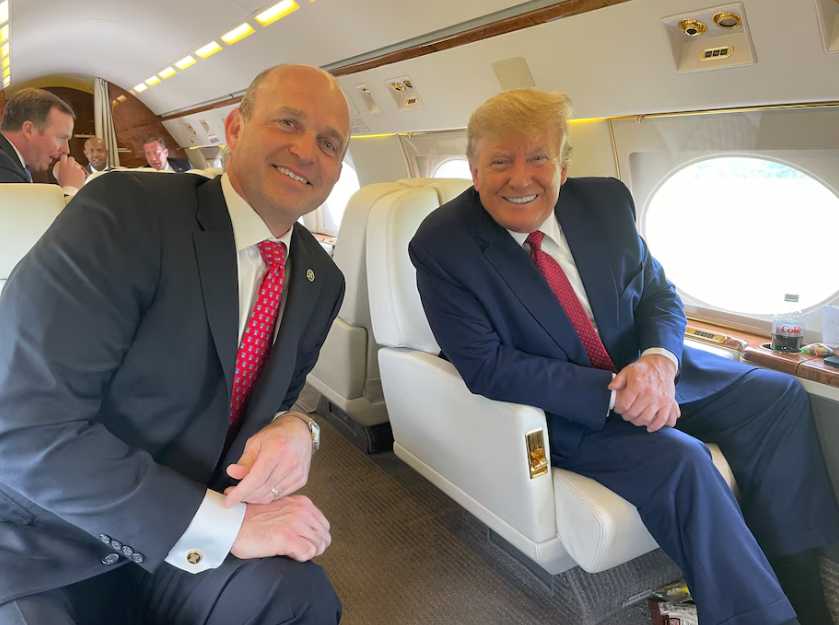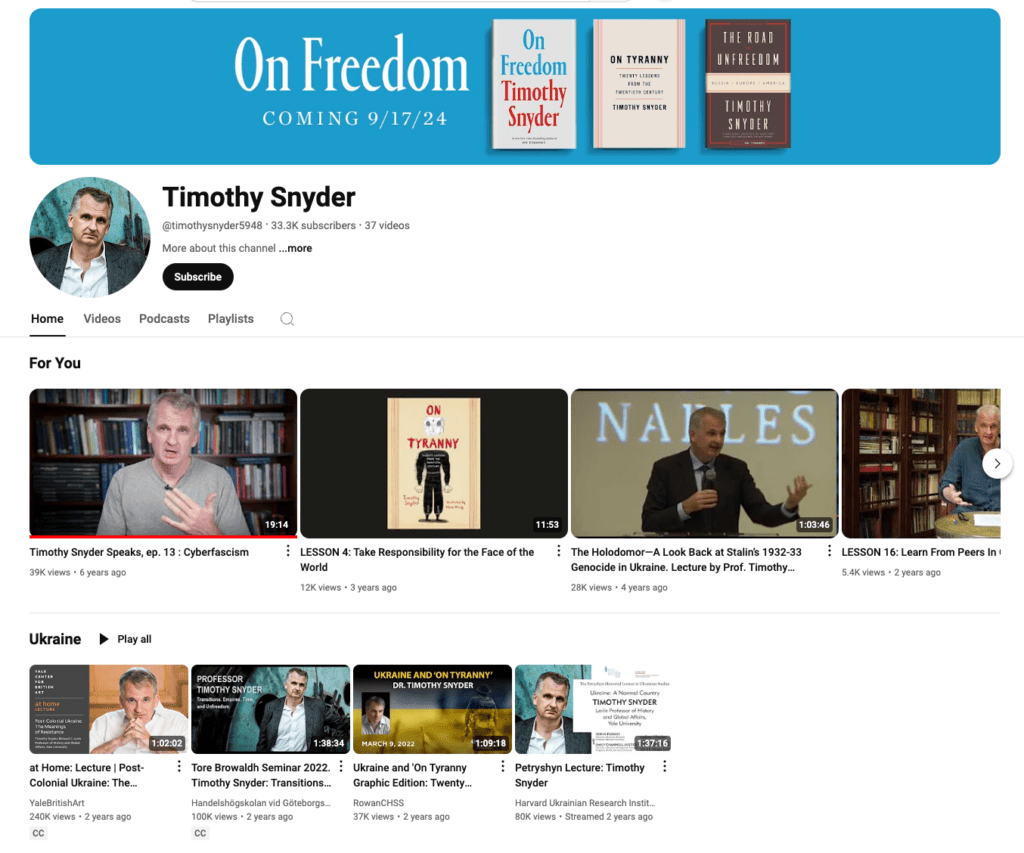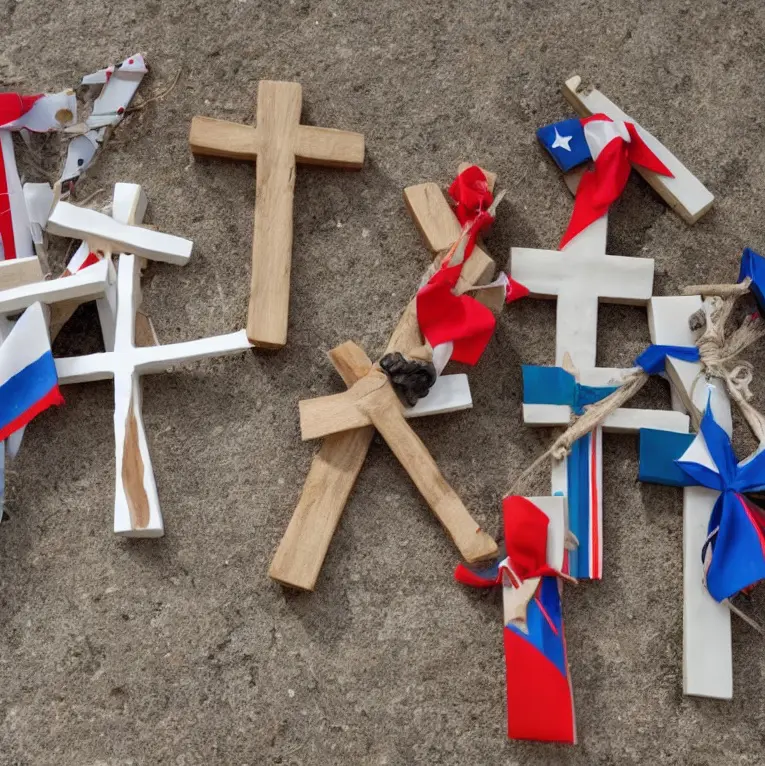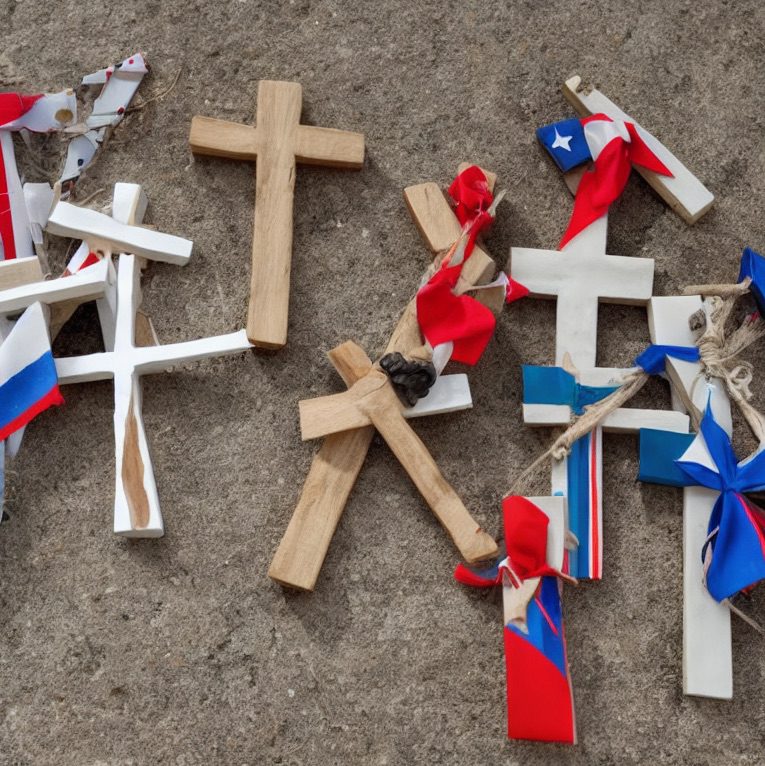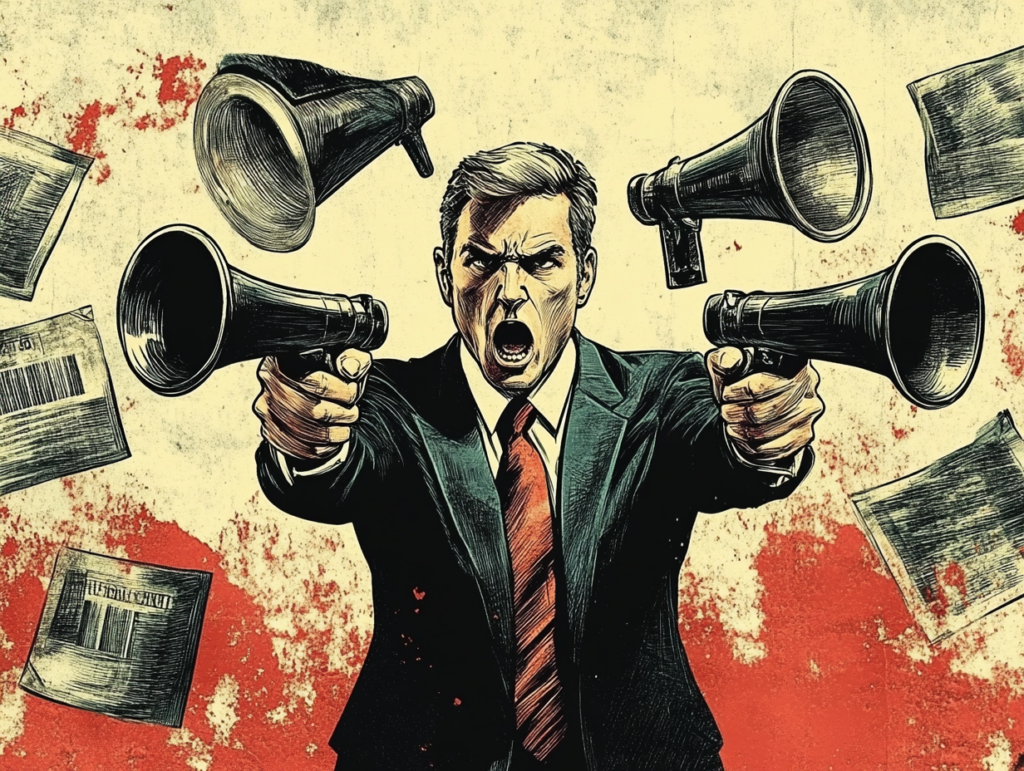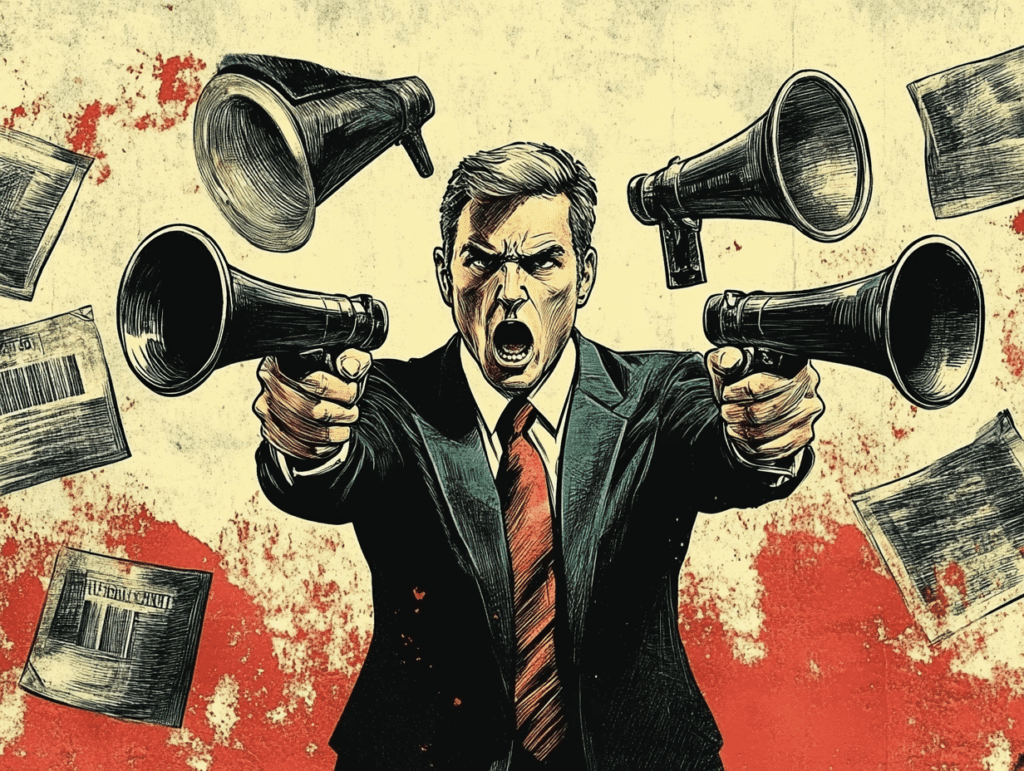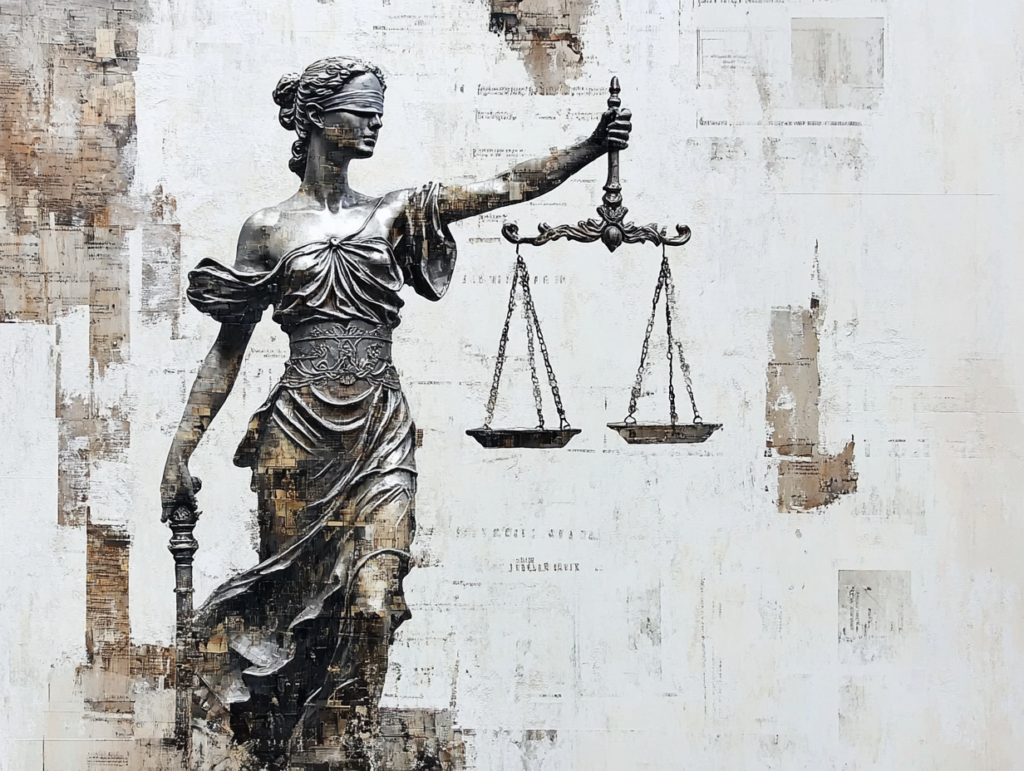Douglas Rushkoff’s “Survival of the Richest: Escape Fantasies of the Tech Billionaires” delves into the unsettling strategies of the ultra-wealthy broligarchs as they prepare for global catastrophes of their own making. Drawing from personal encounters with tech magnates, Rushkoff unveils a mindset fixated on personal survival over collective well-being running rampant in Silicon Valley.
The Mindset
At the heart of Rushkoff’s critique is “The Mindset,” a belief system among tech billionaires from Peter Thiel to Elon Musk and beyond characterized by:
- Extreme Wealth and Privilege: Leveraging vast resources to insulate themselves from societal collapse.
- Escape Over Prevention: Prioritizing personal exit strategies rather than addressing systemic issues.
- Technological Transcendence: Aiming to surpass human limitations through advanced technologies.
This worldview drives investments in elaborate escape plans, sidelining efforts to resolve the crises they anticipate. It is almost as if they are in a low-key doomsday cult, albeit one that lacks a singular leader and isn’t holed up in a compound (…yet).


The Event
The term “The Event” encapsulates potential disasters such as environmental collapse — particularly from climate change, social unrest, pandemics, and cyberattacks. They believe we should expect more bitter divisiveness, more covid-19s, and more hostile hacking in our future. The elite perceive these scenarios as unavoidable, focusing on personal survival rather than prevention.
Escape Strategies
Rushkoff examines the lengths to which the ultra-rich go to secure their futures, including:
- Luxury Bunkers: Constructing fortified shelters to withstand various apocalyptic events.
- Seasteading Communities: Developing autonomous, floating societies beyond governmental reach.
- Space Colonies: Investing in extraterrestrial habitats as ultimate escape routes.
- Life Extension Technologies: Pursuing methods to prolong life, aiming to outlast earthly crises.
- Artificial Intelligence: Exploring consciousness uploading to achieve digital immortality.
These measures reflect a desire to detach from societal responsibilities and the broader human community.
The Insulation Equation
Rushkoff introduces the “insulation equation,” illustrating how billionaires calculate the wealth required to shield themselves from the fallout of their own actions. This cycle perpetuates reckless behavior and further wealth accumulation, exacerbating the very problems they seek to escape.
Critique of Capitalism and Technology
The book critiques the symbiotic relationship between capitalism and technology, highlighting:
- Exponential Growth Pursuit: An obsession with endless expansion at any cost.
- Shareholder Primacy: Prioritizing investor returns over societal or environmental considerations.
- Erosion of Empathy: A growing disconnect between the wealthy and the rest of society.
- Resource Exploitation: Reducing nature and human complexity to mere commodities.
Rushkoff argues that this dynamic fosters a dystopian future dominated by private technologies and monopolistic control — a very authoritarian direction.
Historical Context
Positioning today’s tech elites within a historical framework, Rushkoff contends they are not pioneers but continuations of past power structures that enriched themselves at others’ expense. Their perceived uniqueness is, in reality, a repetition of historical patterns, including colonialism.
Proposed Solutions
While primarily a critique, Rushkoff offers some ideas for pathways to counteract “The Mindset”:
- Rejecting Doom’s Inevitability: Embracing proactive solutions over fatalistic resignation.
- Supporting Local Economies: Fostering community resilience through localized commerce.
- Advocating Anti-Monopoly Laws: Challenging corporate dominance to promote fair competition.
- Redefining Identity: Moving beyond algorithmic categorizations to embrace human complexity.
Some critics argue these suggestions may not fully address the scale of the issues presented — but it’s much easier to be a critic than to come up with these solutions. We may not know all the answers yet as to how to curb these alarming trends, but I think Rushkoff’s point is well taken that we ought to involve ourselves in at least starting to work out the solutions with some urgency.


Ultimately, “Survival of the Richest” serves as a stark examination of the escapist fantasies of the tech elite, and an eye-opening look behind the curtains of the Great Oz’s who dot our landscape today. These wealthy tech elites have promised the moon (or Mars) without knowing whether they could really deliver — and all the while planning a Plan B in case their hare-brained schemes went belly-up. They are okay with sacrificing the vast majority of the people on the planet, as long as their underground bunkers (or better yet, private islands) are there for them.
By exposing their self-serving strategies, Rushkoff urges a shift from individualistic survivalism to collective action in tackling the many global challenges that face us today. We would be wise to heed the call and gather our tribes early and often.

